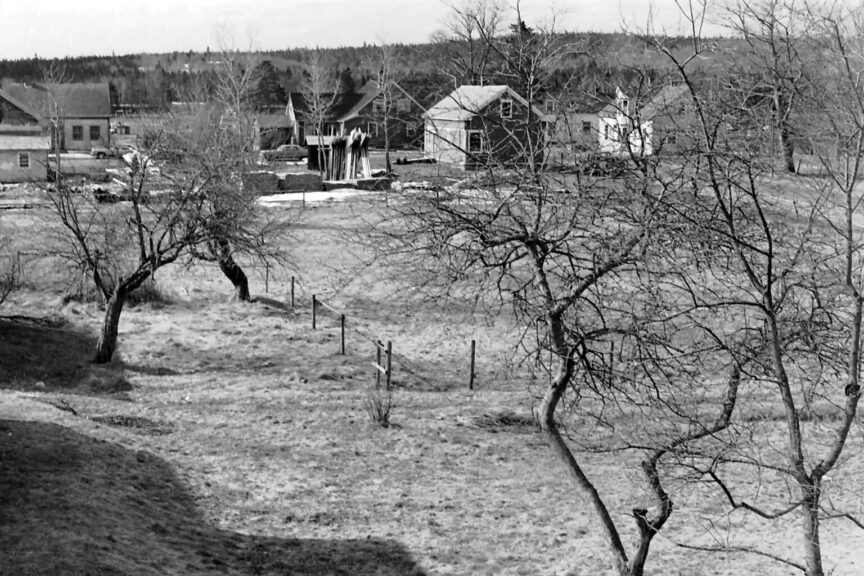This is the seventh album drawn from my little collection of photos, arranged in more or less chronological order. In 1972-73 I sojourned in the countryside.
In 1972 I got a job at the Nova Scotia Museum. My first assignment was a year in Guysborough County working on the Sherbrooke Village restoration project. The previous year had been experience rich, going to museum school in England, and my time in Sherbrooke was equally special, but different.
This was the business district of Sherbrooke. The restoration project began just out of sight down the road.

My work included recording the restoration process and helping to guide the finishing of restored buildings. It was fun to study the vocabulary of colours and designs that were used in Sherbrooke during the nineteenth century, and then use that language to create spaces.

Probably thousands of people have taken pictures of the shelves in the general store, lit by soft light from the big show windows. Maybe this is the earliest example?

The Project had a traditional craft component with a particular focus on textiles. I learned to appreciate the mechanics of weaving on a hand loom.

These photos show participants at a quilt design workshop in the winter of 1973.
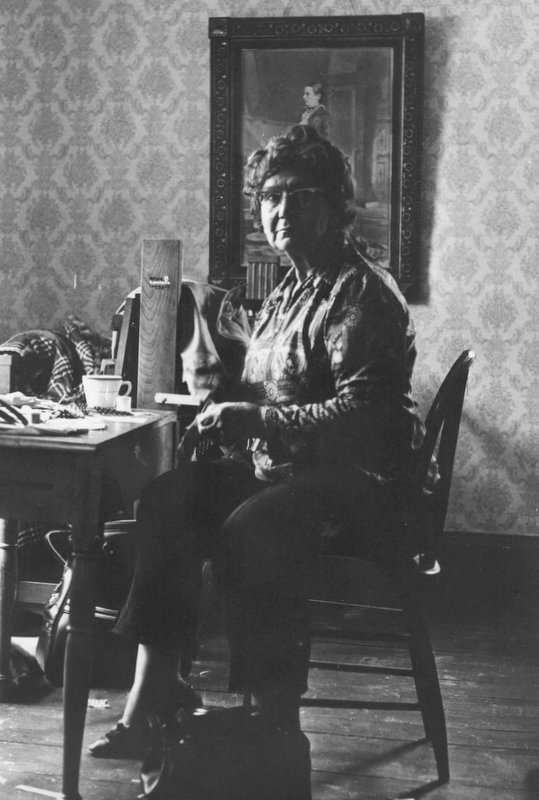

Future wife Sheila attended the workshop, and here she is ironing her quilt block, that 43 years later, resides in a box, unfinished.

Standing in the Snow
The craft program was managed by Polly Green, seen here looking out to sea during a Sunday afternoon ramble down to the coast.

Living in Sherbrooke that winter was artist Sandra Brownlee, also looking out to sea and at her small dog.
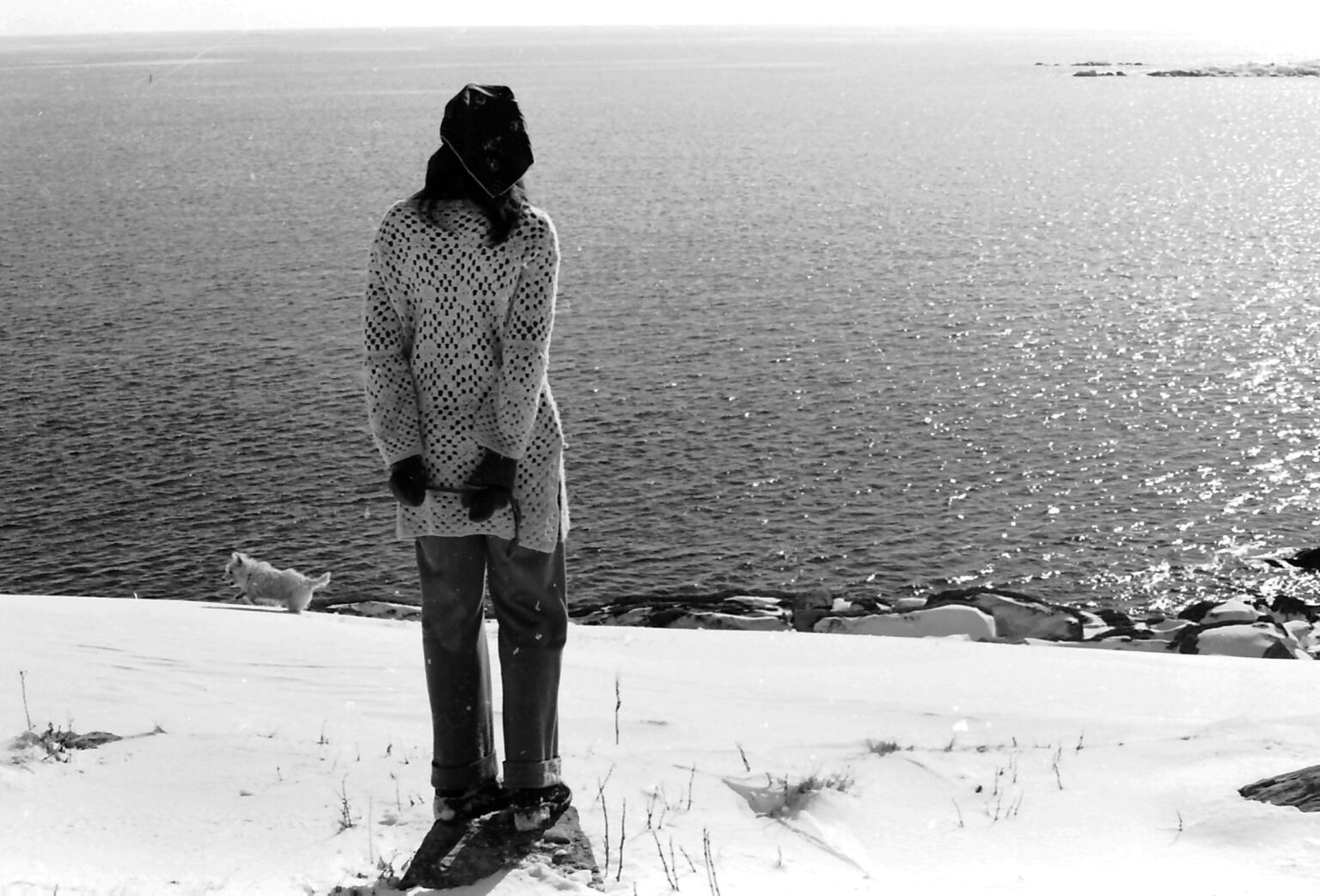
Another woman standing in the snow was Mary Morrison, in the Garden of Eden Cemetery, Moose River, Pictou County. I would pass this unusual sandstone monument on my way to New Glasgow.
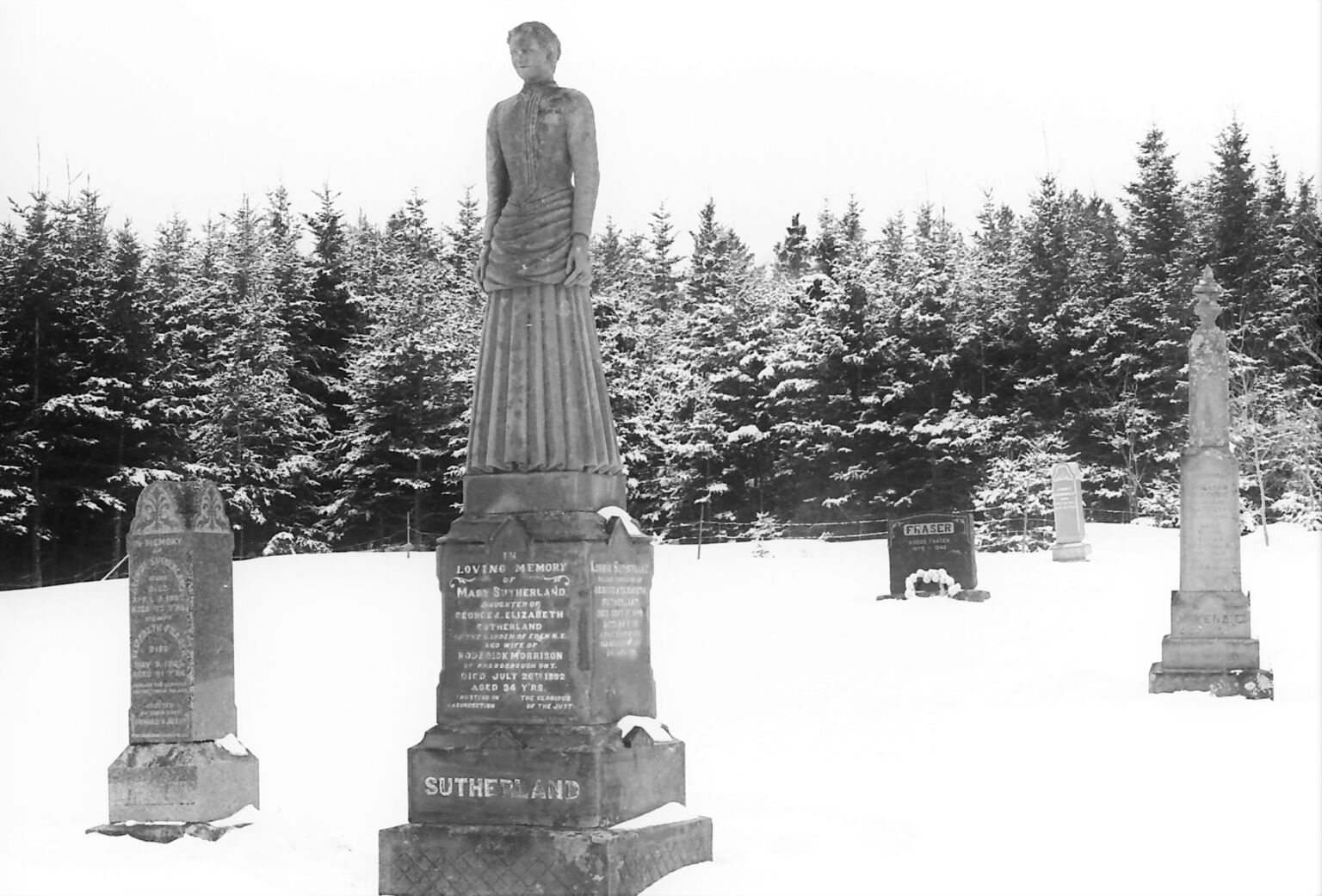
The statue was carved by James King of New Glasgow and Halifax, probably in 1893.
Roadside Attractions
At Sheet Harbour I stopped to admire the graceful steel arch over the East River. A few years ago this span was replaced by a whole lot of concrete.

In Nova Scotia the burning of fields is, or used to be, a rite of spring, Every year some of these fires get out of control and create unintended consequences. One Saturday afternoon we came upon a blazing shed, the victim of an unruly grass fire. A skidoo had been rescued, and that appeared to be the only thing of value in the structure.

The small crowd of people that gathered had seen these pyres before and were using the opportunity to catch up on personal stories.

Another sign of spring was glimpsed in this long barn, where sheep were shorn of their winter fleece.
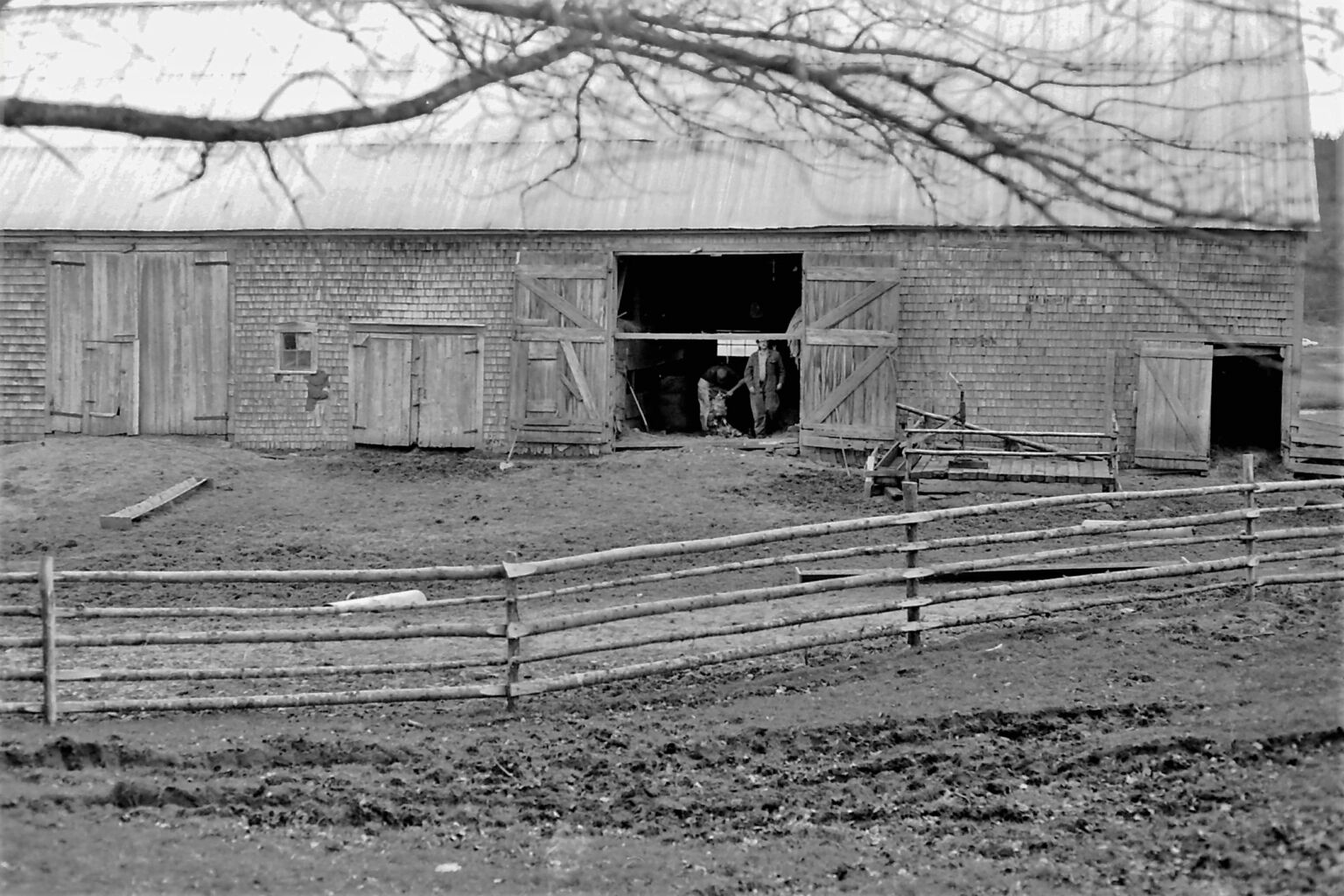

With Abandon
Like many people I have a particular attraction for abandoned buildings. This house was down the St. Mary’s River from Sherbrooke,

I believe this stark example was near Antigonish.

High above the west side of Lochaber Lake, this farm house had a spectacular view,

Sometimes there were details that helped inform my work.


Postscript
- Friends came to visit, like Alan and Nancy. My hair looks like I was influenced by the hair bands of that period, but really it was just the absence of a haircut and running back after setting the self timer on the camera, which was sitting on the parking lot of the A & W in New Glasgow.
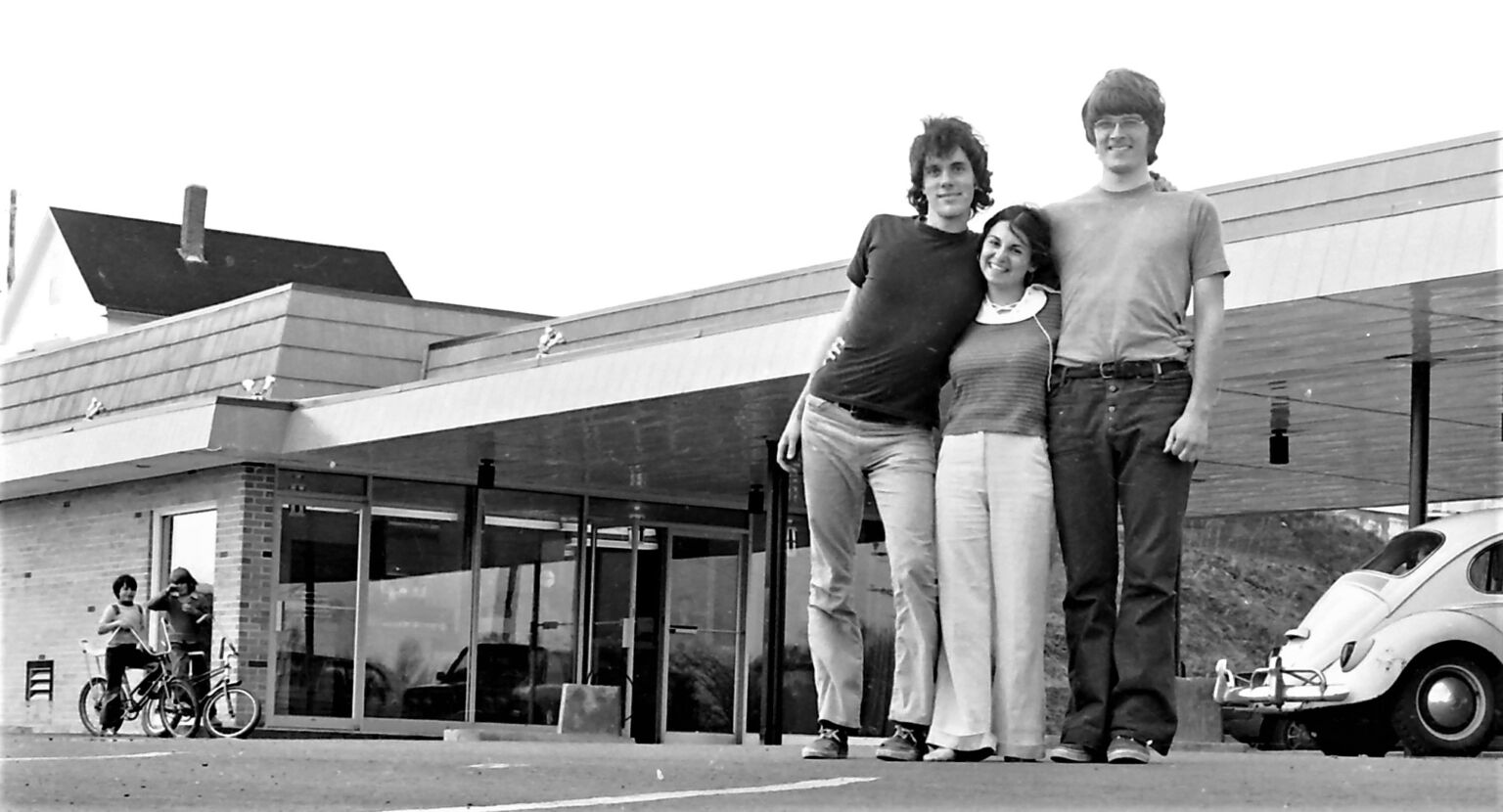
- When I stopped to photograph the stone lady in the Garden of Eden Cemetery I was perhaps enroute to New Glasgow to learn about historic paint colours and mixtures from Frank Roulston, the very helpful and talented chemist at the Tibbett’s Paints factory. Here are some colours he mixed based on samples I collected in the village.
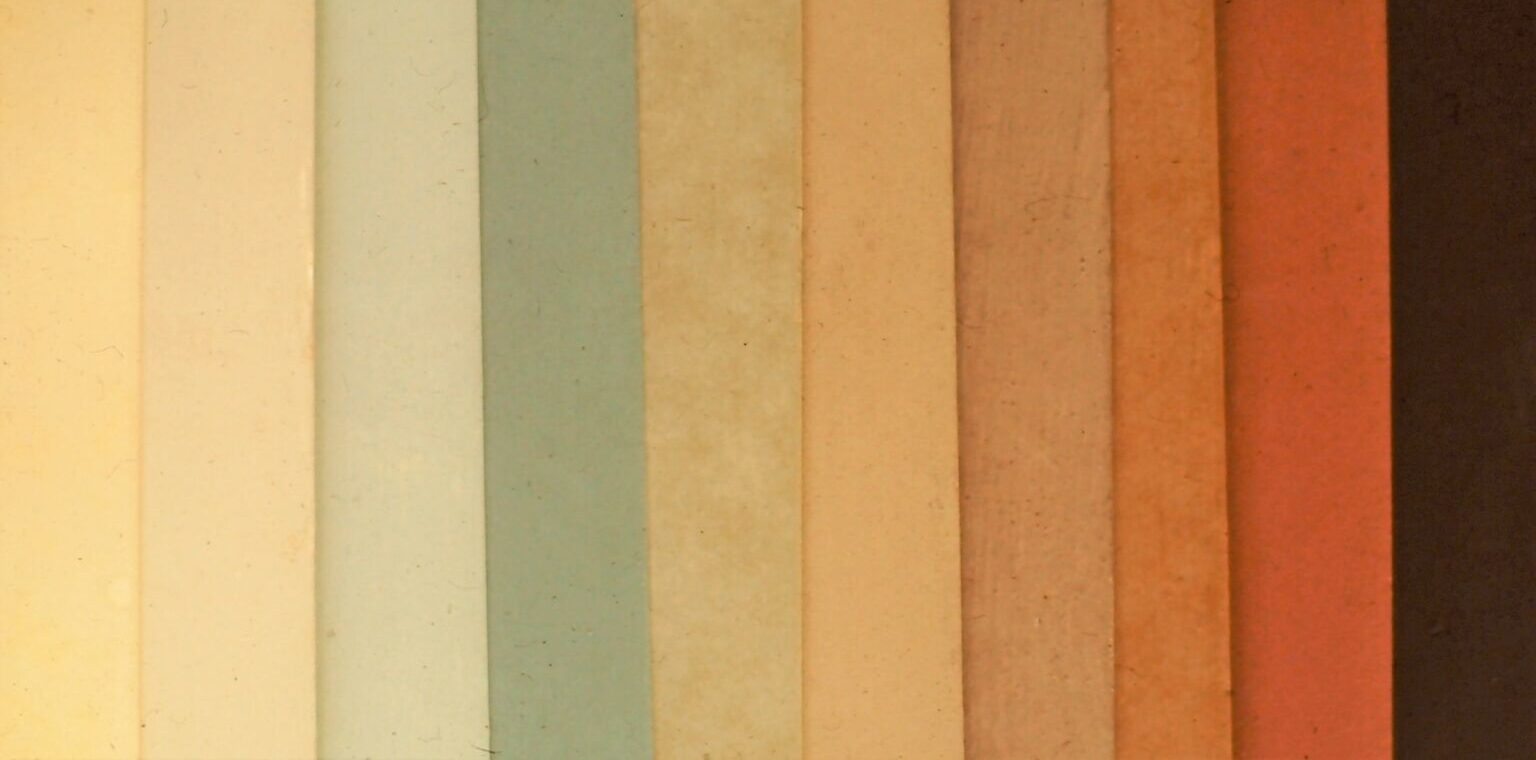
And how some of those colours were used in the jail in Sherbrooke Village.

Old Album, Number One
Old Album, Number Two
Old Album, Number Three
Old Album, Number Four
Old Album, Number Five
Old Album, Number Six
Old Album, Number Eight
Old Album, Number Nine
Old Album, Number Ten
Old Album, Number Eleven





